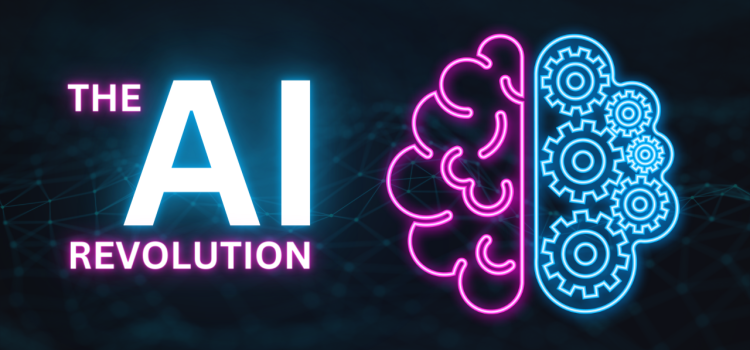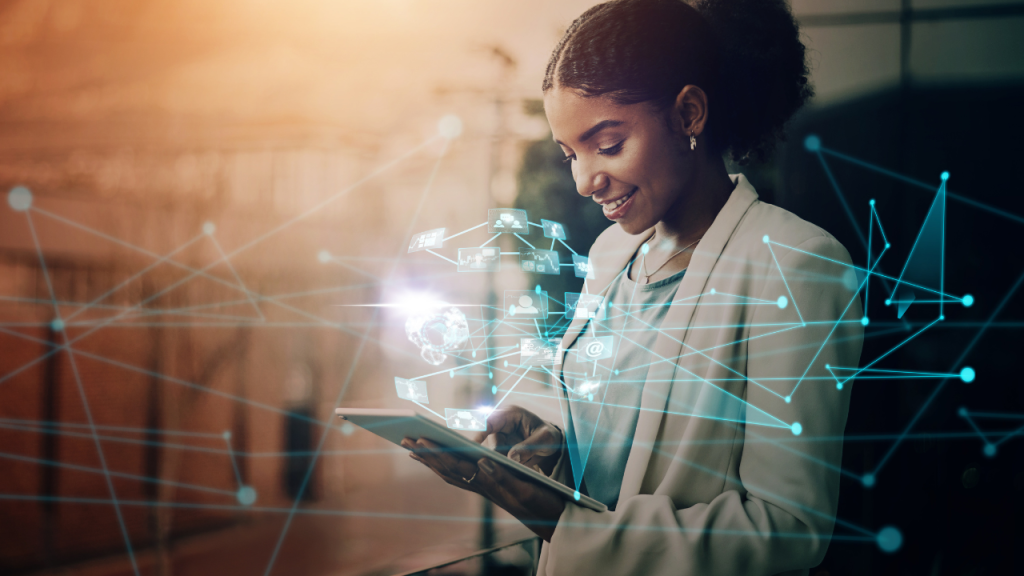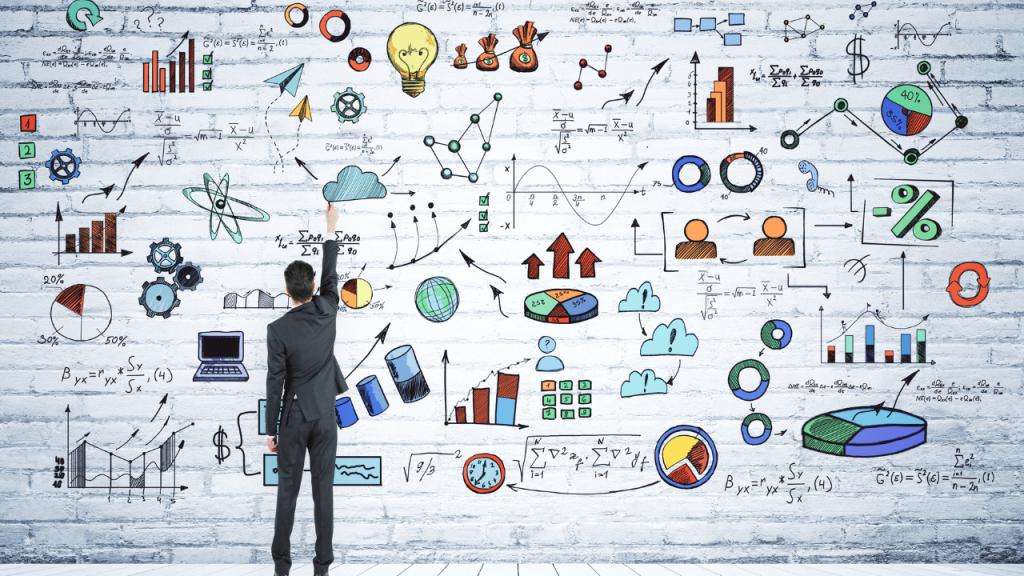
Preparing HR For AI Integration: What Would Visionary Leaders Do?
As the integration of artificial intelligence (AI) into the workplace becomes inevitable, visionary leaders like Steve Jobs, Richard Branson, Elon Musk, Sheryl Sandberg, Rosalind Brewer, and Emma Walmsley are likely to have (or have had) unique approaches. In this blog post, I thought it would be fun to explore ideas and speculate about their potential approaches, discuss the implications for HR departments, and emphasise the need for HR professionals to proactively prepare our organisations for the AI revolution.
Steve Jobs: The Human-Centric Innovator

Steve Jobs, known for his emphasis on user experience and innovation, is likely to have prioritised human-centric applications of AI. He would view AI as a tool to enhance creativity, productivity, and collaboration within organisations. HR departments working for him would need to identify areas where AI can augment human capabilities, automate repetitive tasks, and ensure employees are trained to work effectively alongside AI systems.
To successfully integrate AI, HR professionals would focus on reskilling and upskilling employees. Emphasising the importance of creativity, critical thinking, and emotional intelligence would be crucial. By providing training programs and resources that enable employees to understand and leverage AI, HR would foster a culture that embraces AI as a tool to enhance human potential rather than a threat to job security.
Richard Branson: The Entrepreneurial Innovator

Richard Branson’s entrepreneurial spirit is likely drive him to view AI as an opportunity for innovation and growth. He would encourage HR departments to adapt by identifying AI-driven talent acquisition strategies, leveraging AI for candidate screening and assessment, and nurturing a culture of innovation.
To effectively integrate AI into talent acquisition, HR professionals would explore AI-powered tools for candidate sourcing, screening, and assessment. These tools can help streamline the recruitment process, saving time and resources. Additionally, HR would encourage cross-functional collaboration to identify areas where AI can streamline operations and drive efficiency. By involving employees from different departments, HR could uncover unique opportunities for AI integration and support a culture of innovation.
Elon Musk: The Transformational Innovator

Despite his reputation as bold and transformational, Elon Musk’s concerns about AI’s potential risks would shape his approach to integration. HR departments would need to prioritise developing policies and procedures to ensure responsible AI use, address potential job displacement through retraining programs, and explore new roles that emerge alongside AI.
To address ethical concerns, HR professionals would establish guidelines for AI-driven decision-making processes. This includes promoting transparency in AI algorithms and ensuring ethical alignment with organisational values. HR would collaborate with legal and compliance teams to ensure AI systems adhere to privacy and security regulations.
Furthermore, HR departments would proactively address potential job displacement by implementing retraining programs. By identifying skills that can complement AI systems, HR could help employees transition into new roles that emerge alongside AI. This approach not only would mitigate job displacement concerns but also create a sense of security and adaptability among employees.
Sheryl Sandberg: The Data-Driven Collaborator

Sheryl Sandberg’s focus on data-driven decision making and collaboration is likely influence her approach to AI integration. HR departments would need to invest in data analytics capabilities to leverage AI for talent management, workforce planning, and employee engagement.
To effectively leverage AI for talent management, HR professionals would invest in data analytics tools and technologies. These tools can help identify patterns and trends in employee performance, engagement, and development needs. By utilising AI-driven analytics, HR can make data-informed decisions regarding talent acquisition, retention, and succession planning.
Collaboration between HR and AI experts would be crucial to ensure AI systems are developed and trained with diverse datasets, minimising biases and promoting fairness. HR professionals would work closely with AI experts to ensure the algorithms used in AI systems were transparent, explainable, and free from discriminatory biases. This collaboration will help HR departments make unbiased decisions and foster a fair and inclusive work environment.
Rosalind Brewer: The Customer-Centric Leader

Rosalind Brewer’s customer-centric approach is likely to drive her to integrate AI to enhance customer experiences and operational efficiency. HR departments would need to leverage AI for personalised employee experiences, utilise AI-driven analytics for workforce planning, and ensure AI systems minimise biases and promote diversity and inclusion.
To enhance employee experiences, HR professionals would leverage AI to provide personalised learning and development opportunities. AI-powered learning platforms can recommend tailored training programs based on individual employee needs and career aspirations. This approach not only enhances employee engagement but also ensures that employees acquire the skills necessary to thrive in an AI-driven workplace.
AI-driven analytics could also be utilised for workforce planning. HR departments could leverage AI to predict future talent needs, identify skill gaps, and develop strategies for talent acquisition and development. By utilising AI-driven workforce planning, HR professionals can make data-informed decisions that align with the organisation’s goals and customer-centric initiatives.
Furthermore, HR professionals would ensure that AI systems minimise biases and promote diversity and inclusion. By working closely with AI experts, HR could ensure that AI algorithms were trained on diverse datasets, reducing the risk of biased decision-making. HR would also implement diversity and inclusion initiatives that address potential biases in AI systems and promote a fair and inclusive work environment.
Emma Walmsley: The Innovative Researcher

Emma Walmsley’s focus on innovation and research is likely to shape her approach to AI integration in the pharmaceutical industry. HR departments would need to facilitate AI education and training, develop policies for ethical AI use in healthcare, and ensure patient privacy and data security.
To facilitate AI education and training, HR professionals would collaborate with AI experts to develop training programs that equip employees with the necessary skills to work alongside AI systems. This includes educating employees on the ethical use of AI in healthcare and ensuring compliance with regulatory guidelines.
HR departments would also develop policies and procedures for ethical AI use in healthcare. This includes addressing concerns related to patient privacy and data security. HR professionals would collaborate with legal and compliance teams to ensure that AI systems in healthcare adhere to privacy regulations and maintain the confidentiality of patient data.
Additionally, HR professionals would identify AI-driven opportunities in research and development. By fostering collaboration between scientists and AI experts, HR could leverage AI to accelerate the drug discovery process, identify potential treatment options, and improve patient outcomes. This collaboration would help HR departments stay at the forefront of innovation in the pharmaceutical industry.
AI Integration: What Does This Mean For HR?
As HR professionals, we must recognise the inevitability of AI integration in the workplace. To prepare our organisations for this transformation, we can draw inspiration from visionary leaders like Steve Jobs, Richard Branson, Elon Musk, Sheryl Sandberg, Rosalind Brewer, and Emma Walmsley. Their potential approaches highlight the importance of proactive preparation.
POLICIES & GUIDELINES
In light of the rapid emergence of generative AI and its implications for HR departments, it is crucial to develop clear policies and guidelines to navigate this new landscape. An AI-use policy should be established to provide clarity and avoid assumptions regarding the use of AI within the organisation. This policy should align with the organisation’s position and philosophy, outlining the principles and guidelines for AI integration.
By embracing AI tools, HR professionals can reshape HR strategies, create new standards for HR teams, and leverage AI’s potential in various HR functions.
HR STRATEGY & WORKING PRACTICES
The integration of AI in HR necessitates a shift in approaches and strategies for HR teams. Traditional benchmarking and templates are no longer applicable in the realm of personal AI, requiring HR professionals to find innovative ways to develop their strategies and working practices.
To navigate this new landscape, HR teams should create opportunities for experimentation and encourage the use of AI tools. Providing a safe environment for teams to experiment, such as through offsite sessions with specific challenges, can yield valuable experience in a short period of time.
Integrating AI into HR plans is crucial. HR professionals should ask each part of the HR function to shape a plan on how they would leverage generative AI in their teams. Starting with AI tools can help uncover productivity gains and set the stage for further exploration.
Taking a systematic approach is essential for effective AI utilisation. Establishing a dedicated team within HR to shape a comprehensive plan for testing AI in HR can provide a framework, approach, means of overcoming barriers, prioritisation methods, and opportunities for collaboration.
Assessing the potential gains in each area of HR and understanding the consequences and opportunities that arise from increased productivity is vital. HR leaders should consider the implications of productivity gains, such as capacity utilisation, potential organisational redesign, impact on decision-making processes, and the capacity of the business to absorb more from HR.
Considering the impact of AI on every stage of the employee lifecycle is crucial. From talent acquisition to performance management and employee development, AI can play a transformative role. Exploring AI-driven solutions that enhance processes, improve decision-making, and drive efficiency is essential for effective AI incorporation.
In conclusion, embracing new approaches and strategies for AI integration in HR is essential. By encouraging experimentation, developing comprehensive plans, and assessing the gains and consequences, HR teams can unlock the productivity benefits of AI and shape the future of HR within their organisations. Let’s seize the opportunities that AI brings and drive HR innovation to new heights!
Are you losing valuable time or sleep over HR worries?
Get in touch to arrange a no obligation chat to find out how I can help you



